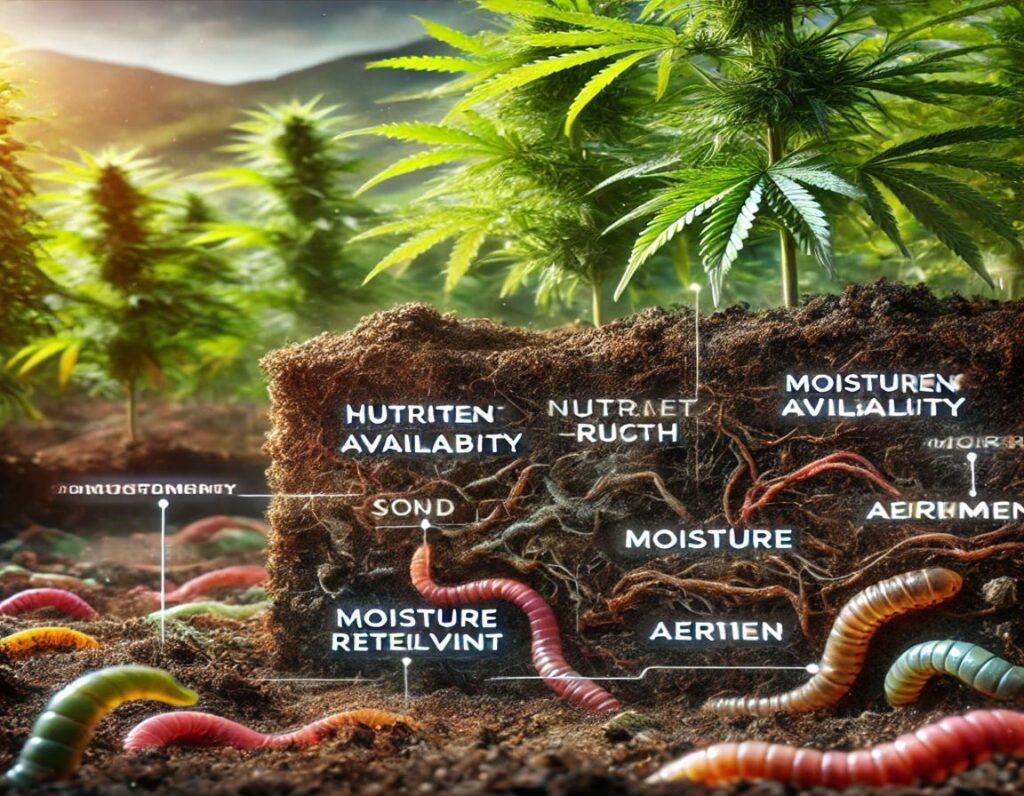
Choosing the right soil for growing Green Crack seeds is crucial for ensuring healthy plant development and maximizing yield. Soil quality directly affects nutrient availability, water retention, and root health. In Canada’s unique climate, where temperatures and precipitation levels vary, selecting the appropriate soil mix is essential for adapting to local growing conditions.
Green Crack is known for its vigorous growth, and providing it with high-quality soil will facilitate its development. The best soil for Green Crack should offer a well-balanced mix of drainage, aeration, and nutrient content, accommodating the specific needs of this strain throughout its growth stages.
The soil serves as a living ecosystem that provides essential nutrients, water, and oxygen to plants. Healthy soil is teeming with beneficial microorganisms that help break down organic matter and release nutrients for plant uptake. In contrast, poor-quality soil can lead to stunted growth, nutrient deficiencies, and an increased susceptibility to diseases.
As a grower, your focus should be on creating a healthy soil environment that fosters optimal growth conditions for your Green Crack plants. This involves understanding your soil composition, making necessary amendments, and continually monitoring soil health throughout the growing season.
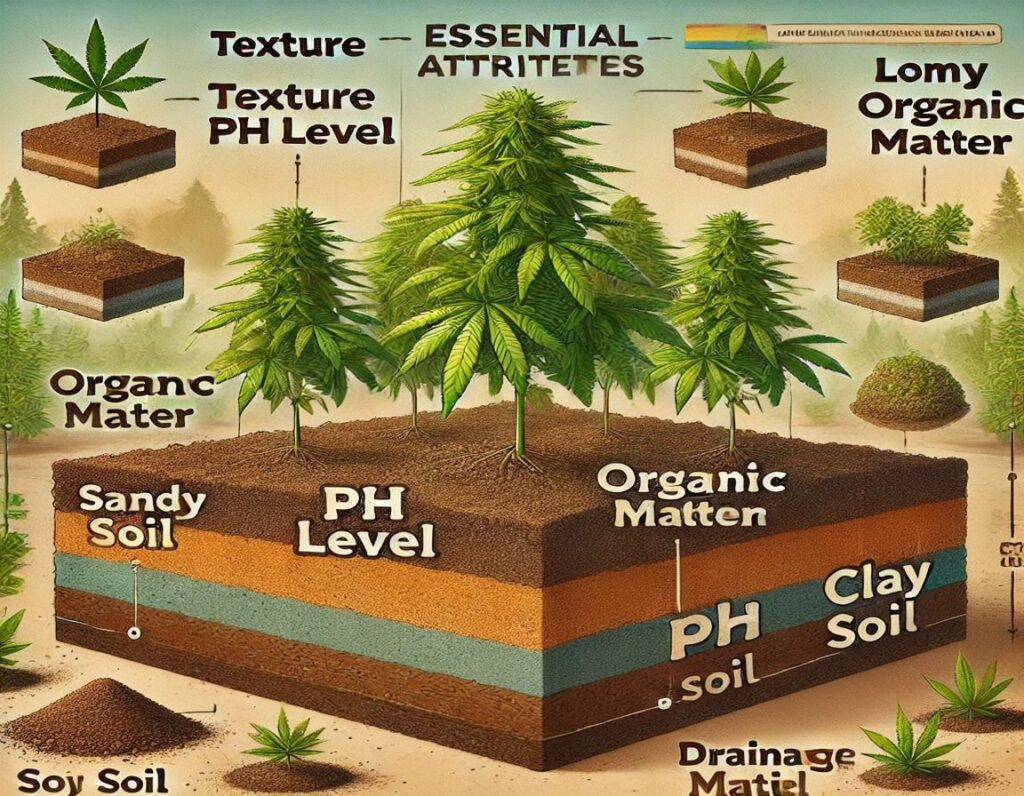
When selecting soil for Green Crack, you’ll want to consider a few key components that contribute to optimal growth:
Soil texture plays a significant role in how well the soil can retain moisture while also providing proper drainage. A loamy soil, which contains a balanced mix of sand, silt, and clay, is ideal for Green Crack. Loamy soil allows for good aeration while retaining moisture and nutrients effectively.
The ideal texture will create an environment where roots can grow freely, accessing both water and nutrients without the risk of waterlogging.
The pH level of your soil is vital for nutrient absorption. Green Crack thrives in soil with a pH level between 6.0 and 7.0. You can test the soil pH using a home testing kit or send samples to a local lab. If the pH is outside this range, you may need to amend the soil with lime (to raise pH) or sulfur (to lower pH) to create the best conditions for growth.
Understanding the pH level of your soil will enable you to make informed decisions on amendments and help ensure your plants receive the nutrients they need for healthy growth.
Incorporating organic matter into your soil, such as compost or well-rotted manure, enhances nutrient content and improves soil structure. Organic matter helps retain moisture and promotes healthy microbial activity, which benefits plant growth.
Adding organic matter is especially important in Canada, where soil fertility can vary significantly across regions. This amendment can help create a more balanced soil environment that supports healthy plant growth.
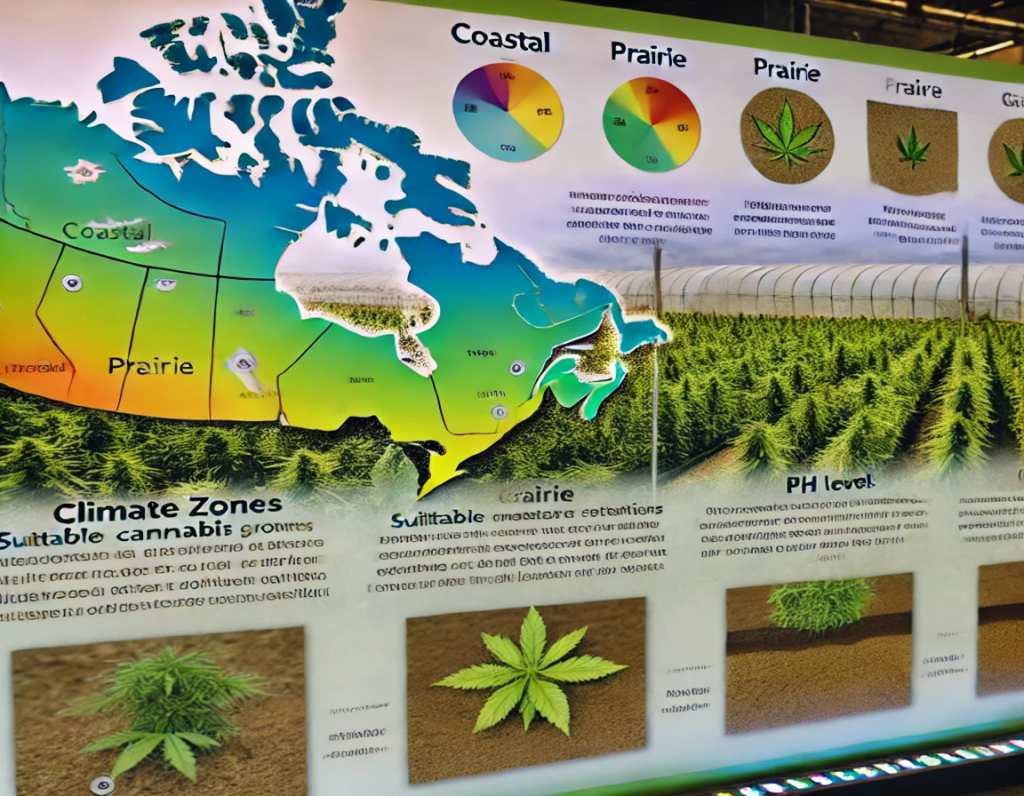
Canada’s diverse climate means that the best soil for growing Green Crack can vary based on your specific region. Here are some regional considerations to keep in mind:
In areas like British Columbia, where rainfall is more prevalent, consider using soil that drains well to prevent waterlogging. A mix with a higher sand content may be beneficial, as it allows excess moisture to escape while retaining essential nutrients.
In regions like Alberta or Saskatchewan, where the climate can be drier and windier, you might opt for soil that retains moisture effectively. Adding more organic matter will help improve water retention and provide necessary nutrients for your plants.
For growers in northern provinces, where the growing season is shorter, using a high-quality potting mix can help. This mix should include slow-release fertilizers to provide your plants with nutrients over time and help them thrive despite the shorter growing period.
By understanding the regional climate and selecting the appropriate soil mix, you can significantly enhance the growing conditions for your Green Crack plants.
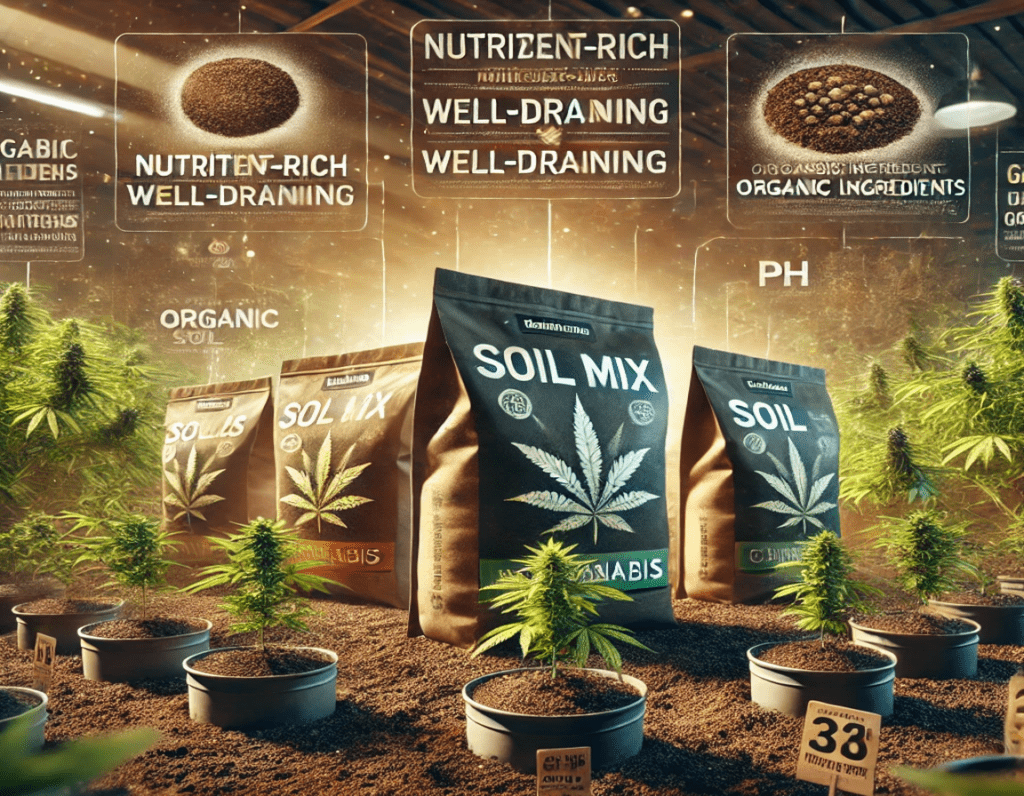
If you prefer convenience, there are many commercial soil mixes available that are specifically formulated for cannabis cultivation. Here are some features to look for when selecting a commercial mix for your Green Crack seeds:
Choose a mix that contains perlite or vermiculite, which improves drainage and aeration. This is essential for preventing root rot and ensuring healthy root development.
A well-draining mix will create a conducive environment for your Green Crack plants to thrive.
Look for a soil mix that includes organic fertilizers or slow-release nutrients to support the growth of your Green Crack plants. Check the label for any specific claims about nutrient content.
Choosing a nutrient-rich mix can help ensure your plants have the essential elements they need for healthy growth.
Many commercial mixes come pre-buffered to maintain a suitable pH level. It’s still a good idea to test the pH of your soil after planting to ensure it falls within the ideal range for your plants.
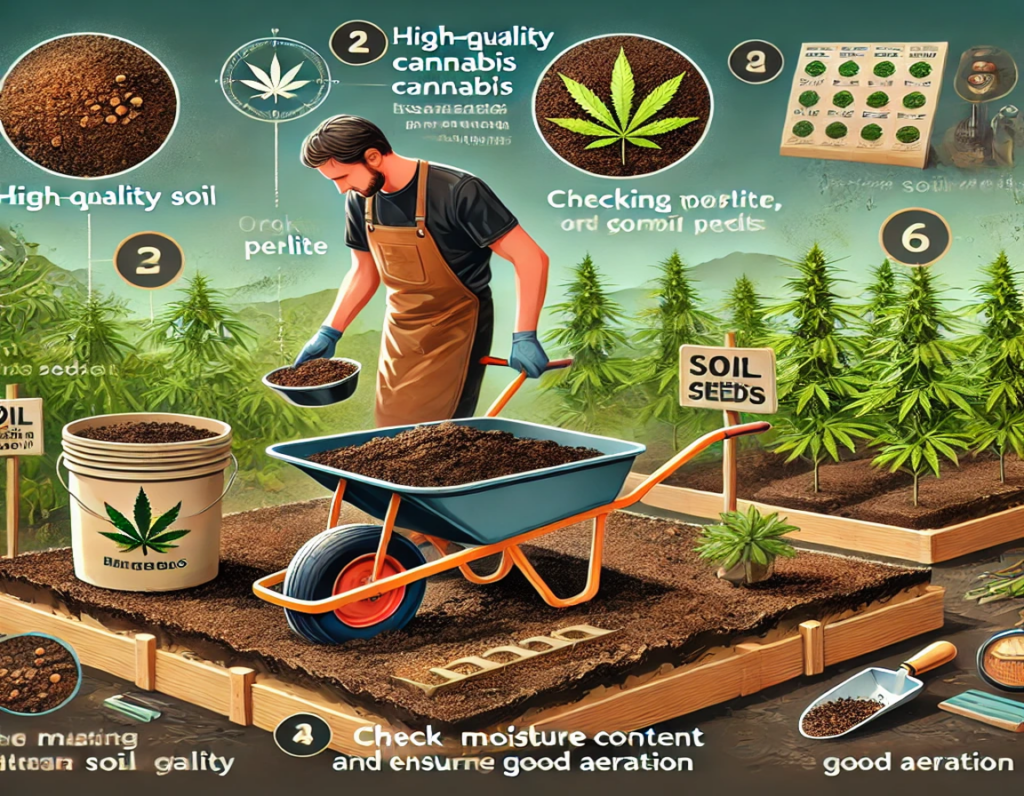
Once you have selected your soil, preparing it correctly will set your Green Crack seeds up for success. Follow these steps to ensure your soil is ready for planting:
If you’re creating your soil mix, combine the components thoroughly to ensure an even distribution of nutrients and texture. This may include mixing loamy soil with organic matter, perlite, and any necessary amendments.
Before planting, ensure the soil is moist but not saturated. Water the soil lightly to create an optimal environment for seed germination without risking waterlogging.
Loosen the soil by turning it gently before planting to ensure adequate aeration. This will help the roots develop properly and access the necessary nutrients.
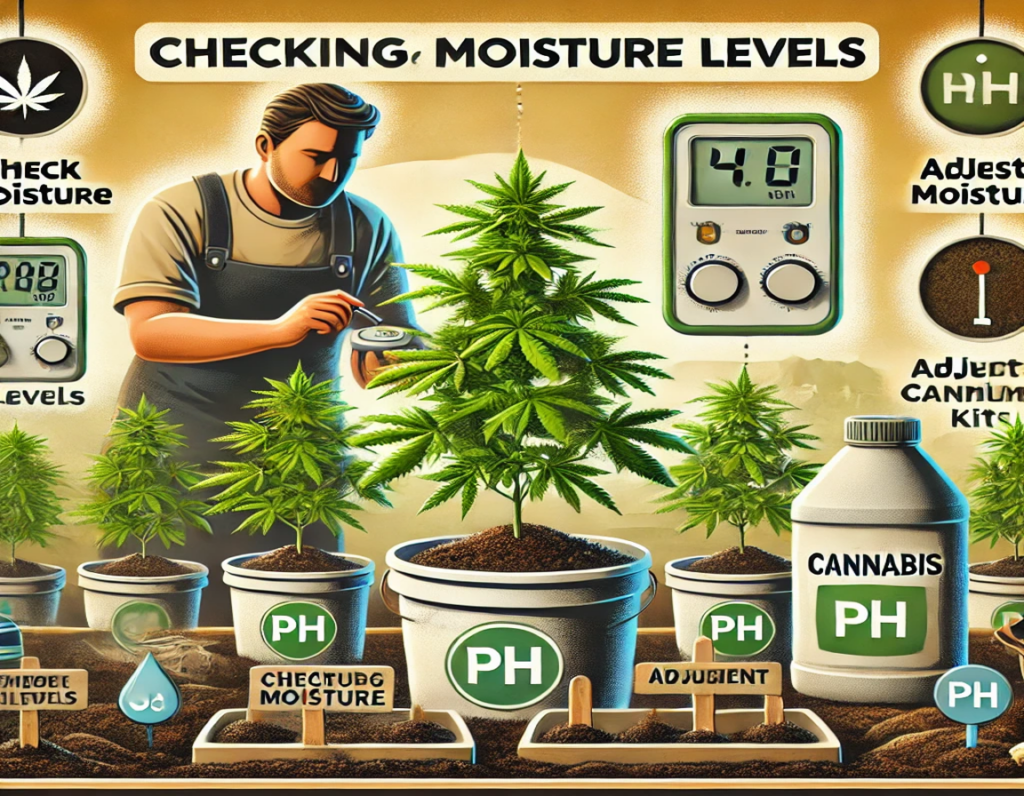
Throughout the growing process, regularly check the health of your soil and plants. Monitoring factors such as moisture levels, pH, and nutrient content will help you maintain optimal conditions for your Green Crack plants.
Pay attention to your watering schedule and adjust as necessary based on environmental conditions. The goal is to keep the soil consistently moist but not overly wet.
As your plants grow, they may require additional nutrients. Keep an eye on their appearance, and if you notice yellowing leaves or stunted growth, consider adding a balanced fertilizer to provide the necessary nutrients.
Perform periodic soil tests to monitor pH levels and nutrient content. This will help you make informed decisions about any amendments or changes needed to maintain healthy soil for your Green Crack plants.
Loamy soil with balanced drainage and moisture retention is ideal for Green Crack seeds. Maintain a soil pH between 6.0 and 7.0 for optimal nutrient absorption. Organic matter, such as compost, improves soil fertility and moisture retention. Coastal regions require well-draining soil, while drier areas need moisture-retaining soils. Northern climates benefit from high-quality potting mixes with slow-release fertilizers. Commercial soil mixes with perlite or vermiculite provide aeration and drainage. Mulching and companion planting enhance soil health and moisture conservation. Cover crops improve soil structure and fertility after harvesting
A loamy soil with good drainage and aeration is best for Green Crack seeds, ideally with organic matter included.
The ideal pH level for growing Green Crack is between 6.0 and 7.0, ensuring optimal nutrient absorption.
Yes, many commercial soil mixes are suitable for cannabis cultivation, but look for those that provide good drainage and nutrient content.
Watering frequency depends on the climate and growth stage, but generally, the soil should be kept consistently moist without being waterlogged.
You can improve your soil by adding organic matter, ensuring good drainage, and periodically testing for pH and nutrient levels.
We ship and deliver world wide via USPS and various couriers.
We offer a wide range of secure and anonymous online payment options.
We care about you, our customer. Please contact us with any questions or concerns.
Find out more about the benefits of being a loyal and regular customer.
WE ARE EVERY GROWERS ONE STOP SHOP TO ACQUIRE PREMIUM CANNABIS SEEDS FOR SALE IN THE USA, CANADA AND AUSTRALIA

Farmers Lab Seeds 2024, | All Right Reserved
Seeds are sold as novelty items, souvenirs, and collectibles. They contain 0% THC. We encourage our customers to check the legislation in their Country, State, Province, and Municipality prior to purchasing items from our store. We do not provide growing information.
All seeds are sold as hemp, and lab tested under 0.3% THC. This product is not for use by or sale to persons under the age of 21. This product should be used only as directed on the label. It should not be used if you are pregnant or nursing. Consult with a physician before use if you have a serious medical condition or use prescription medications. A Doctor’s advice should be sought before using this and any supplemental dietary product. All trademarks and copyrights are property of their respective owners and are not affiliated with nor do they endorse this product.
These statements have not been evaluated by the FDA. This product is not intended to diagnose, treat, cure or prevent any disease. Individual weight loss results will vary. By using this site, you agree to follow the Privacy Policy and all Terms & Conditions printed on this site. Void Where Prohibited by Law.